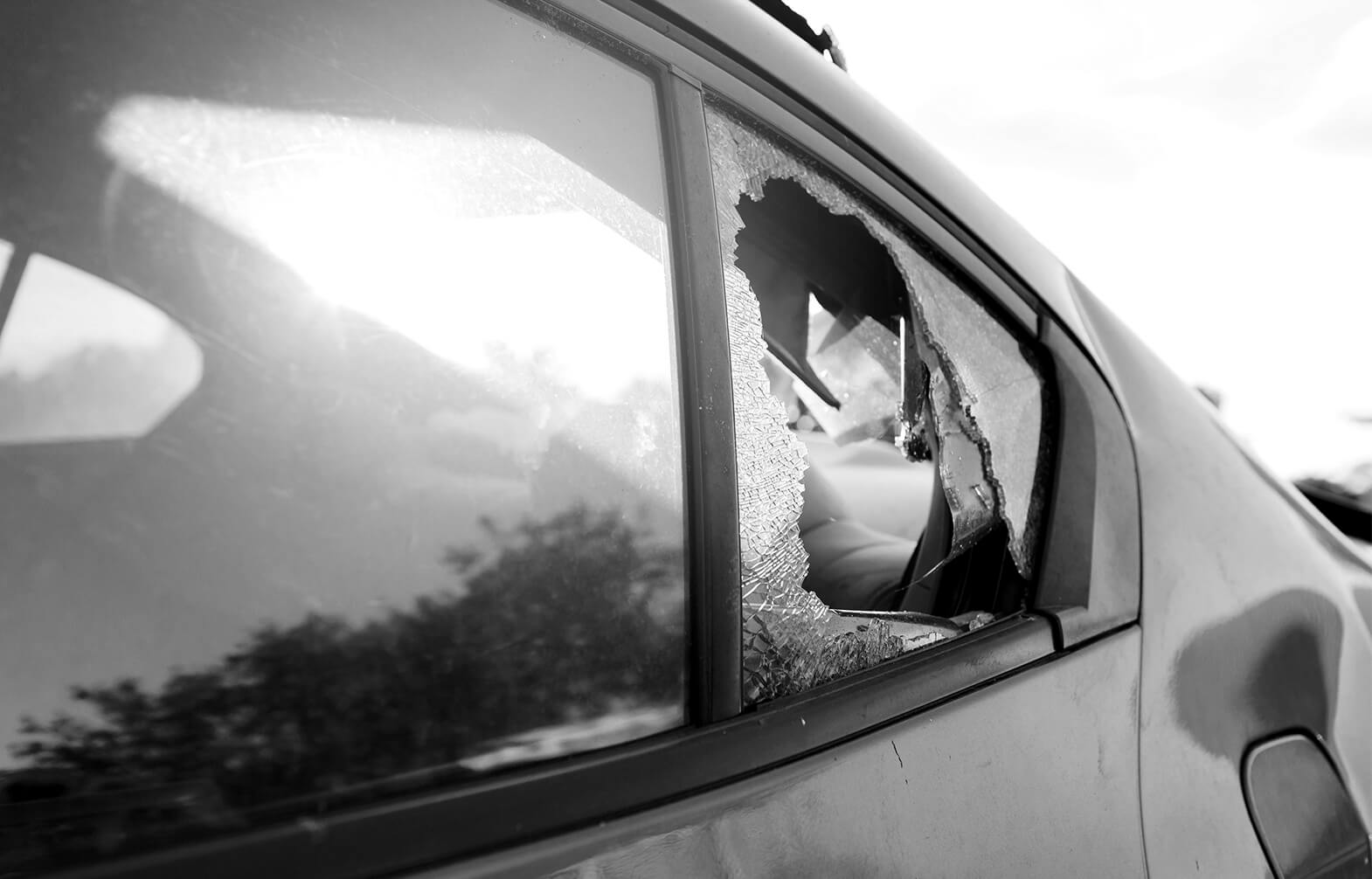Let's Talk

Need Help Urgently?
Call our 24 hour rapid response team now on 03333 050 134
Request a callback
"*" indicates required fields


A solicitor with expertise in the law surrounding vandalism and criminal damage will spend time with you to fully understand all of the details of your case and will work with you to achieve the best possible outcome.
A person is guilty of an offence if: they destroy or damage any property belonging to someone else without lawful excuse, either intending to destroy or damage the property, or being reckless as to whether the property would be destroyed or damaged
If you are accused of criminal damage, it is crucial to seek legal advice from a specialist vandalism and criminal damage solicitor as soon as possible, so that they can help you to achieve the best possible outcome.
Vandalism is defined in the dictionary as the deliberate destruction or damage to public or private property. This includes, for example, breaking someone’s car windscreen.
Legally speaking, vandalism is actually an umbrella term used to describe a number of different criminal offences, all of which include some kind of reckless or intentional criminal damage to property.
The term ‘criminal damage’ actually covers a wide range of offences which can vary in seriousness. These range from arson (criminal damage caused by fire) with the intent to endanger life (or recklessness as to whether life was endangered), to threats to destroy or damage property.
Criminal damage can result in minimal damage, where costs to replace/repair the damage are small. On the other hand, criminal damage caused by fire can not only cause significant damage and costly repairs, but can also endanger life.
Most offences relating to criminal damage to property are detailed in the Criminal Damage Act 1971. Others are covered by the Malicious Damage Act 1861.
Section 1 (1) of the Criminal Damage Act 1971 details the offence of destroying or damaging property belonging to someone else. A person is guilty of an offence if:
they destroy or damage any property belonging to someone else without lawful excuse
either intending to destroy or damage the property
or being reckless as to whether the property would be destroyed or damaged
The Criminal Damage Act 1971 does not define the meaning of ‘damage’. However, damage can include not only permanent, but also temporary physical harm.
Damage could include, for example, the temporary damage of urinating all over the walls of a police cell.
What’s more, someone can commit an offence on their own property, if it also belongs to someone else. For example, if someone smashes the television that they own jointly with their spouse, either intentionally or recklessly, they could be prosecuted for criminal damage (as long as their spouse did not consent to the television being smashed).
Section 1(2) of the Criminal Damage Act 1971 details the offence of criminal damage with the intent to endanger life (or recklessness as to whether life was endangered), known as aggravated criminal damage.
A person commits this offence when they destroy or damage any property (their own or another person’s) without lawful excuse:
Any offence under Section 1 (1) or Section 1 (2) which involves destroying or damaging property by fire will be charged as arson (detailed in Section 1 (3)).
Section 5 of the Criminal Damage Act 1971 details the defence to criminal damage. However, this does not apply to criminal damage with the intent to endanger life (or recklessness as to whether life would be endangered), under Section 1(2) of the Act (see above).
In some circumstances, it may be possible to argue that the criminal damage was not caused unlawfully.
Someone accused of criminal damage has lawful excuse if:
A firefighter, for example, would have lawful excuse to use water to put out a fire (the water in itself will cause damage).
Criminal damage (excluding damage caused by a fire) which falls under Section 1 (1) of the Act, whose value does not exceed £5,000, has a maximum punishment of a fine and/or 3 months in prison. Depending on the nature of the damage, less serious cases could result in a discharge (release from court without any further action). Even if this happens, you will still have a criminal record.
However, if the criminal damage is racially or religiously aggravated, the maximum sentence increases to 14 years in prison.
If the criminal damage in question exceeds £5,000 (not including damage caused by fire), the maximum sentence is 10 years in prison. Again, depending on the nature of the criminal damage and the circumstances of the case, some prosecutions could result in a discharge.
As above, if the criminal damage is racially or religiously aggravated, the maximum sentence increases to 14 years in custody.
When deciding on a suitable sentence for criminal damage, the court will look at both culpability and harm factors, such as the level of planning involved in the attack and the level of distress caused.
The court will then consider whether the sentence should be adjusted due to any aggravating or mitigating factors. Aggravating factors, such as previous convictions and the large value of the items damaged to the victim (including sentimental value), can increase the punishment. Mitigating factors, such as lack of previous convictions and showing remorse, can decrease the sentence.
Many cases of vandalism involve young people under the age of 17. If this is the case, sentencing often focuses on preventative measures, which may include, for example, community service or on-the-spot fines.
Arson (criminal damage caused by fire) and criminal damage or arson with the intent to endanger life (or when the accused was reckless as to whether life was endangered) carry maximum sentences of life imprisonment.
If you are accused of criminal damage, it is crucial to seek legal advice from a specialist vandalism and criminal damage solicitor as soon as possible, so that they can help you to achieve the best possible outcome.


Call our 24 hour rapid response team now on 03333 050 134
"*" indicates required fields
"*" indicates required fields